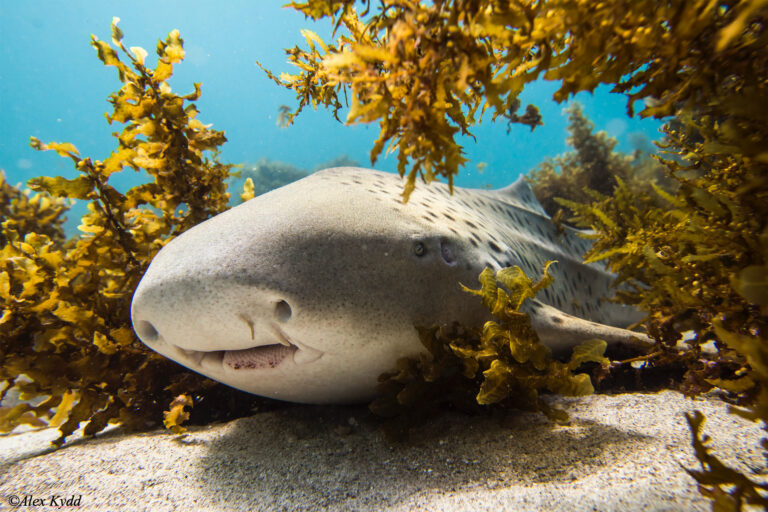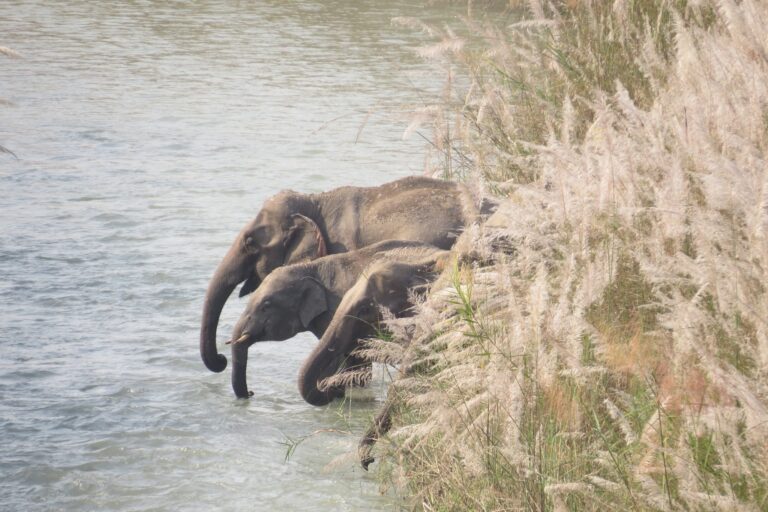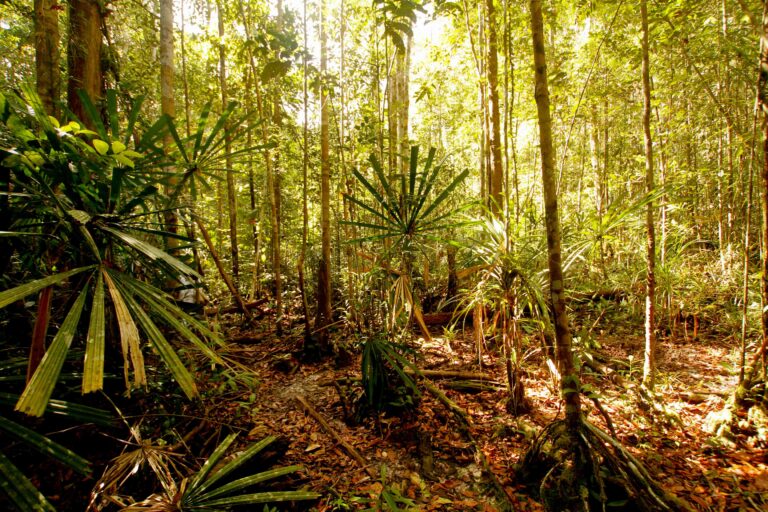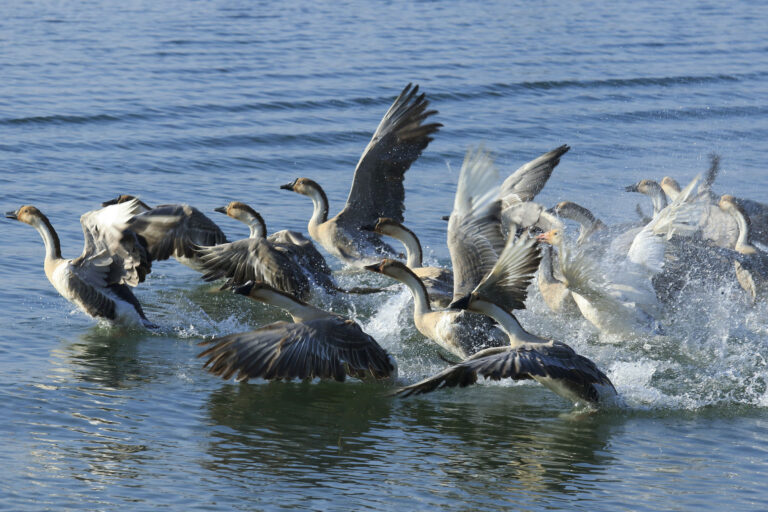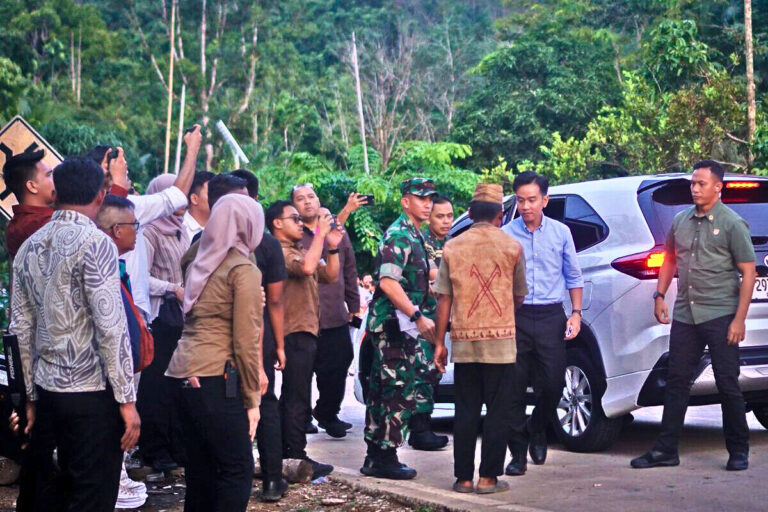- When Chinese President Xi Jinping extolls China’s Belt & Road Initiative, he uses words like “green”, “low carbon” and “sustainable”. Is this reality or just ‘greenwashing’?
- In Sumatra, Indonesia, a key element of the Belt & Road would greatly imperil the rarest species of great ape in the world.
- The Batang Toru hydro-project is shaping up as an acid test of the Belt & Road Initiative. Because if China and its Indonesian partners will press ahead with this project despite all the scientific evidence that it is a terrible idea, then how can we believe any of China’s promises about a “sustainable” Belt & Road?
- This post is a commentary. The views expressed are those of the author, not necessarily Mongabay.
When Chinese President Xi Jinping extolls China’s Belt & Road Initiative, he uses words like “green”, “low carbon” and “sustainable”. Is this reality or just ‘greenwashing’—vague and flimsy promises that hide the truth about appalling environmental, social and economic risks?
In Sumatra, Indonesia, a key element of the Belt & Road—known as the Batang Toru hydro-project—would greatly imperil the rarest species of great ape in the world. The US$1.6 billion project is being funded largely by the Bank of China, which is under President Xi’s direct authority, and constructed by Sinohydro, China’s national hydropower authority.
The rare ape in question is the Tapanuli orangutan, which survives only in a tiny speck of rainforest in North Sumatra that is far less than half the size of Hong Kong—just 0.3 percent of Sumatra’s land area. There are only about 800 of the orangutans still alive, and it is Critically Endangered—just one step away from extinction.

I recently led an in-depth scientific analysis of the conservation status and threats to the Tapanuli orangutan, published in one of the world’s top scientific journals. Among our most important findings is that when new roads appear, the ape disappears.
This is because the critical threats to the ape—illegal logging, land-clearing and wildlife poaching—spread and proliferate along roads. Such roads and the severe forest disruption they bring also imperil many other rare species in this region, such as the endangered Sumatran Tiger.
If the hydro-dam proceeds as planned, it will permanently fragment the few remaining apes into small, non-viable populations, via a network of new roads, power-lines and a massive pipeline and earthworks that will slice into the heart of the ape’s habitat. Initial clearing of rainforest for the project has already begun.

In simple terms, this is a recipe for ecological Armageddon for one of our closest living relatives. Crucially, other major lenders such as the World Bank and Asian Development Bank refuse to support the project—because of its stunning environmental risks—but that isn’t slowing down China’s aggressive developers.
The Belt & Road is by far the biggest avalanche of development projects in Earth’s history. It consists of some 7,000 infrastructure and extractive-industry projects that will cost nearly $8 trillion and span much of the planet. According to WWF-Hong Kong, it will imperil some of the biologically richest real estate on the planet—hundreds of threatened species and nearly 2,000 Key Biodiversity Areas, Global Biodiversity Hotspots and other crucial ecosystems.

As one of our closest living relatives, the Tapanuli orangutan puts a face on the environmental costs of the Belt & Road. Our research and other studies demonstrate unquestionably just how dangerous the Belt & Road will be for thousands of wild species like the ape and the natural environments they need to survive—while also provoking many other social, financial, economic and political risks for host nations.
The Batang Toru hydro-project is shaping up as an acid test of the Belt & Road Initiative. Because if China and its Indonesian partners will press ahead with this project despite all the scientific evidence that it is a terrible idea, then how can we believe any of China’s promises about a “sustainable” Belt & Road?
Citation:
- Sean Sloan, Jatna Supriatna, Mason J. Campbell, Mohammed Alamgir, and William F. Laurance. Newly discovered orangutan species requires urgent habitat protection. Current Biology 28, R635–R655, June 4, 2018
William Laurance is a Distinguished Research Professor and Australian Laureate at James Cook University in Australia, who has studied infrastructure projects around the world for nearly 40 years. He and 24 other world-leading scientists recently wrote to Indonesian President Joko Widodo expressing their opposition to the Batang Toru dam project. Laurance is on Mongabay’s Advisory Panel.






